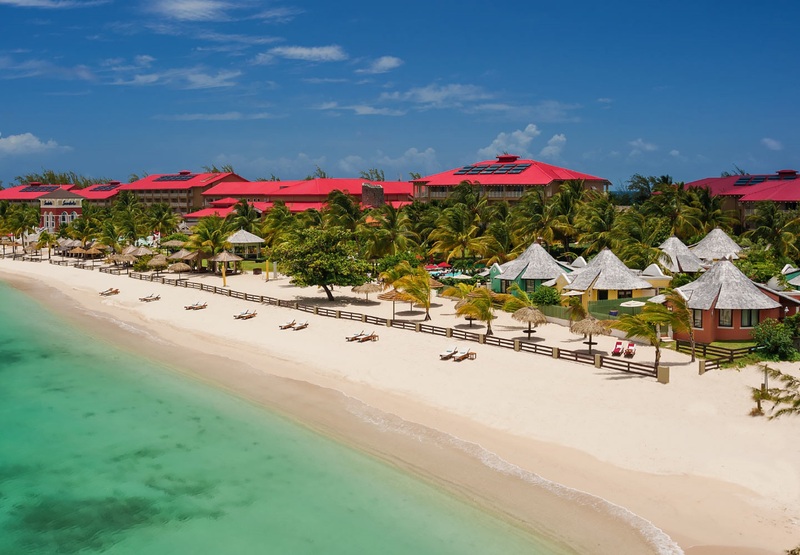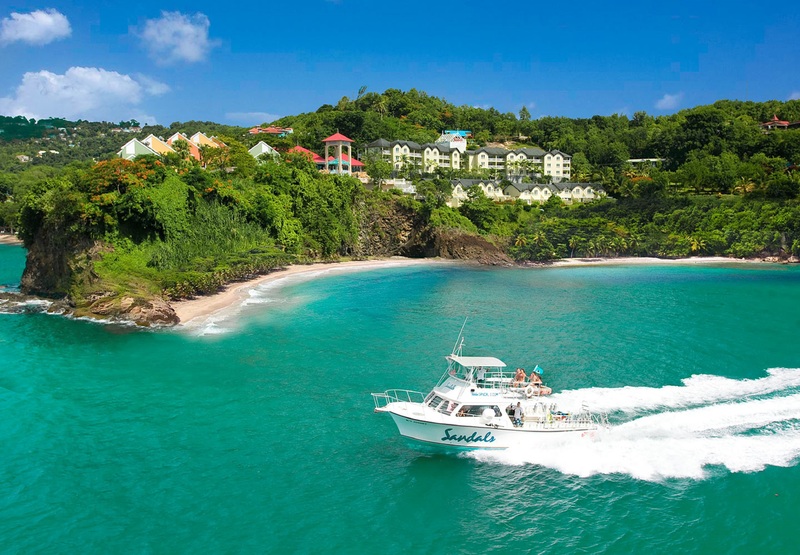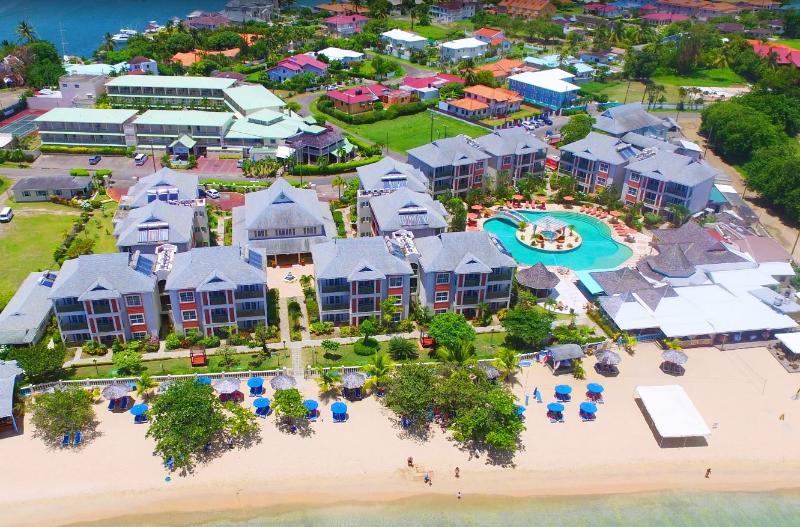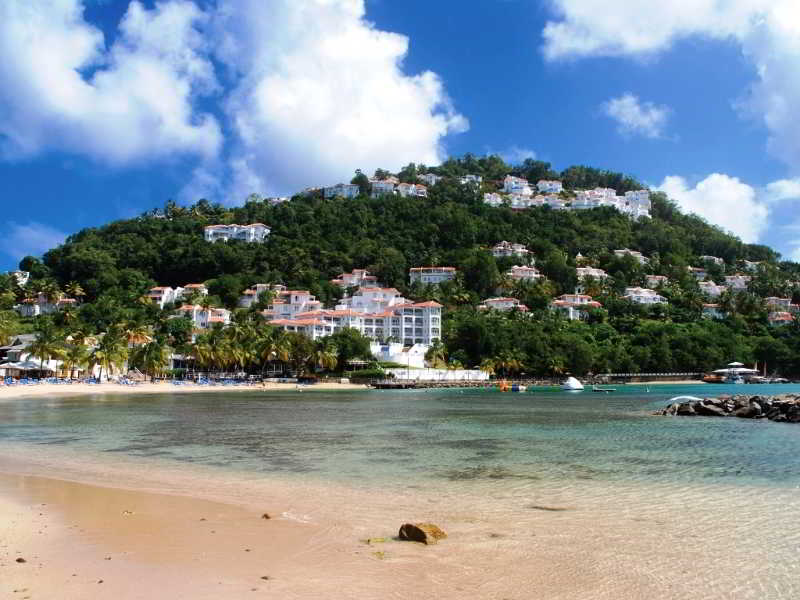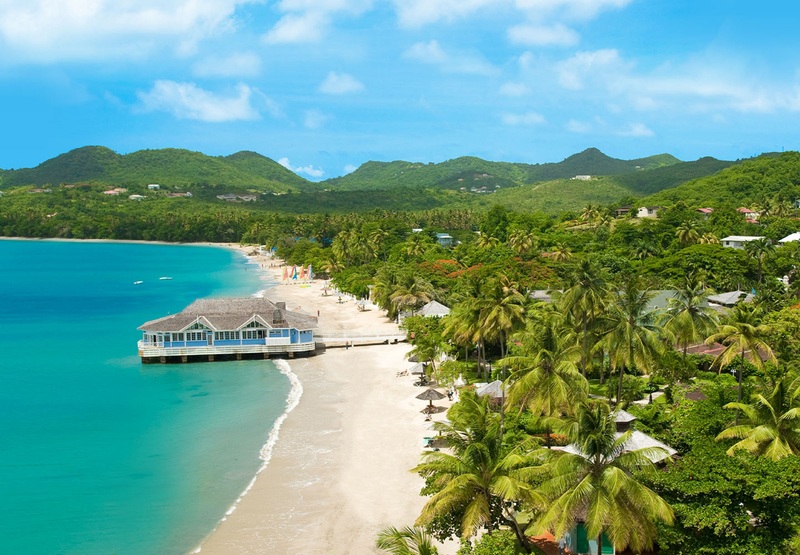




- Home
- St. Lucia
St. Lucia
Explore the Enchanting Beauty of St. Lucia: A Dream Travel Destination
St. Lucia is a Caribbean island known for its stunning landscapes, from the iconic Pitons to the lush rainforest. With a mix of French and British heritage, this destination offers a unique culture and history. Visit pristine beaches, enjoy water sports, and explore the vibrant nightlife. Book now for an unforgettable vacation experience.
⛅🌤️☀️
🌬️
💧
🌅
🌇
☀️
🌤️
⛅
Latest St. Lucia Activities
Discover exciting activities and unforgettable experiences in St. Lucia. View all
Latest St. Lucia Properties
Explore a wide range of properties in St. Lucia. View all
FAQsFrequently
Frequently
asked
questions
about St. Lucia
There are many activities to do in St. Lucia, such as visiting the iconic Pitons, relaxing on the white-sand beaches like Anse Chastanet and Reduit Beach, exploring the Diamond Falls Botanical Gardens and Mineral Baths, hiking the Tet Paul Nature Trail, and experiencing the Sulphur Springs mud bath. Additionally, visitors can go ziplining, snorkeling, scuba diving, and sailing.
St. Lucia is home to many attractions that should not be missed, including the Pigeon Island National Landmark, the Marigot Bay, the Rodney Bay Marina, the Gros Piton Nature Trail, the Morne Coubaril Estate, and the Castries Central Market. Visitors can also explore the historic sites of Fort Rodney and Morne Fortune, and visit the St. Lucia Rum Distillery and the St. Lucia Chocolate Factory.
St. Lucia has a variety of accommodations to fit every budget and preference. For a luxury experience, visitors can stay at the Jade Mountain Resort or the Ladera Resort, both of which offer stunning views of the Pitons. Mid-range options include the Bay Gardens Resorts and the St. James's Club Morgan Bay, while budget options include the Palm View Guesthouse and the Ginger Lily Hotel.
The best time to visit St. Lucia is during the dry season, which runs from December to April. During this time, visitors can expect warm weather, low humidity, and little rainfall. However, this is also the peak tourist season, so prices may be higher and crowds may be larger. The rainy season runs from May to November, but visitors can still enjoy the island's attractions and activities during this time.
St. Lucia has a unique and delicious cuisine that visitors should try. Some popular dishes include green fig and salt fish, callaloo soup, conch salad, cassava bread, and bouyon soup. Visitors should also try the island's national dish, fish and green banana, which is made with salt fish, green bananas, and vegetables.
The best way to get around St. Lucia is by car. Visitors can rent a car at the airport or in major towns, and driving is on the left side of the road. Taxis are also available, but they can be expensive. Public transportation is limited, but visitors can take buses or minibuses called 'maxi-taxis' to get around the island.
The currency used in St. Lucia is the Eastern Caribbean dollar (XCD). US dollars are also widely accepted, but visitors should be aware that they may receive change in Eastern Caribbean dollars. ATMs are available in major towns and credit cards are accepted at most hotels and restaurants.
The official language of St. Lucia is English. However, many locals also speak a French-based Creole language called Kwyl. Visitors should have no trouble communicating with locals in English.
Visitors to St. Lucia must have a valid passport and a return or onward ticket. Depending on their citizenship, visitors may also need a visa. Citizens of the United States, Canada, and many European countries do not need a visa for stays of up to 6 months. Visitors should check the entry requirements for their specific country before traveling.
All travelers to St. Lucia must provide proof of a negative COVID-19 test taken within 5 days of travel. Visitors must also complete a travel registration form and adhere to all local health and safety protocols, such as wearing a mask in public and practicing social distancing. Visitors may also be subject to additional testing and quarantine protocols depending on their country of origin.










